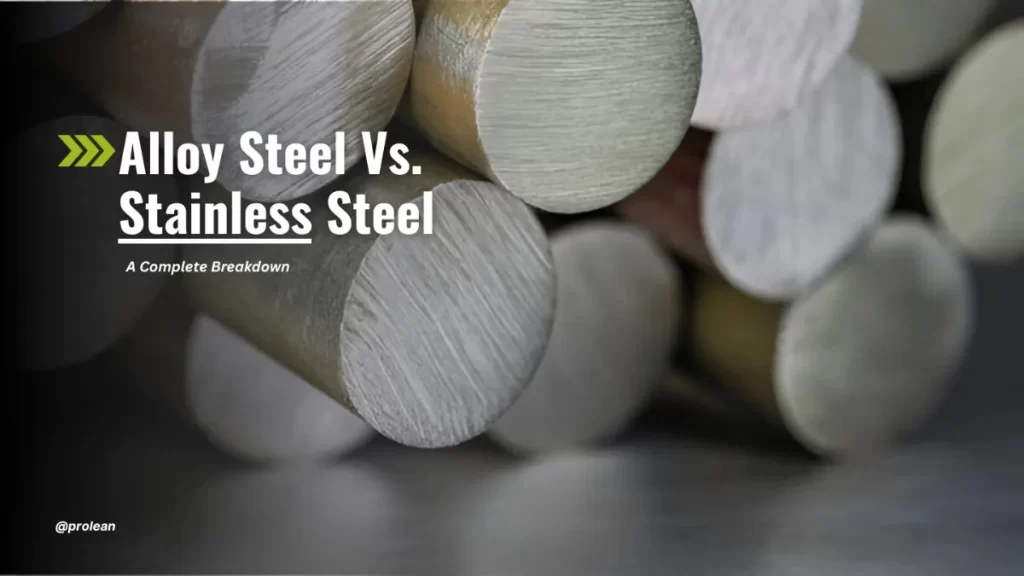
Alloy Steel Vs Stainless Steel
Steel machining plays a massive role in today’s industries. You can see it everywhere, from buildings to food-grade equipment. Manufacturers rely on steel for its strength, flexibility, and long life. It’s also easy to machine for different needs.
Among the many types of steel out there, two are prominent. You often hear about alloy steel vs stainless steel. These two are top picks when it comes to performance and reliability. They both offer unique benefits, but they work best in different ways.
Before you choose one for your project, you need clarity. You must understand how each performs under different conditions. That’s why alloy and stainless steel are vital in the comparison. It helps you avoid guesswork and pick the right one for your project.
In this guide, you’ll explore their core features and uses. You’ll see how each fits into specific industrial needs. Once you finish, you’ll know exactly which steel works for your job.
Alloy Steel Overview
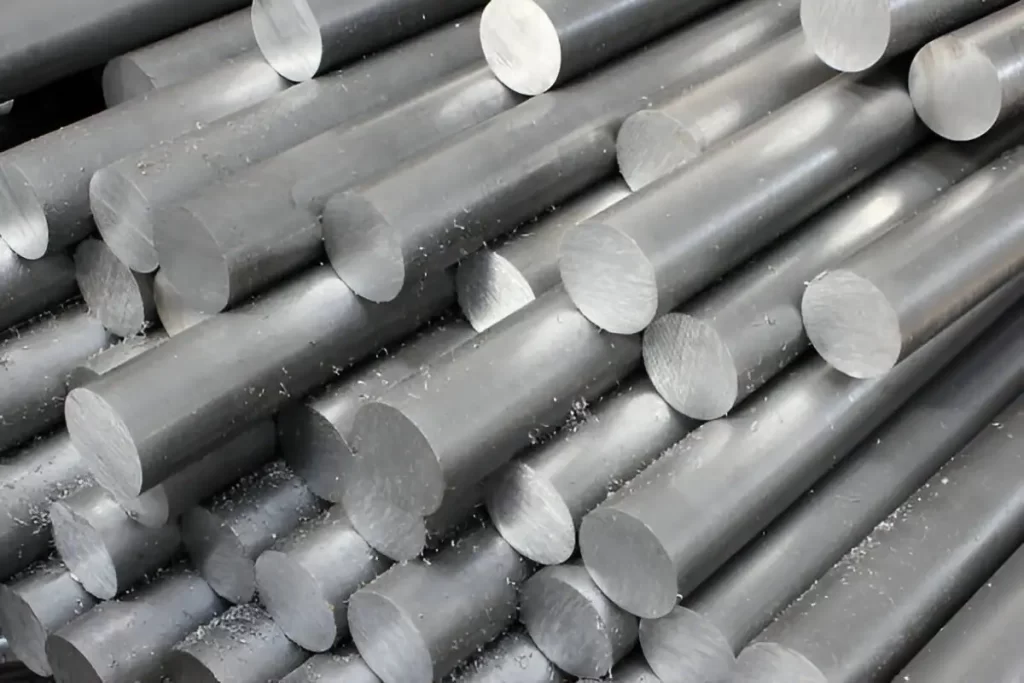
Alloy Steel Rods
Alloy steel isn’t just standard steel with a minor upgrade. It’s made from iron mixed with different metals, which change how the steel behaves. These additional elements make it useful in many industries. The alloy steel manufacturing process includes melting, alloying, refining, casting, forming, heat treatment, and finishing.
Carbon steel is primarily iron combined with a small amount of carbon. But when you add metals like chromium or nickel, it gets tougher and resists rust much better.
Other common elements include vanadium, manganese, and molybdenum. These elements add unique characteristics to alloy steel strength. For example, manganese adds strength. Chromium increases durability and resistance to wear.
Try Prolean Now!
Types of Alloy Steel
Due to its alloy steel hardness, the material is classified into four main types. Each type has a unique role in the industry. Here are some of the best steel for machining.
High-alloy steels: High-alloy steels typically contain more than 5% total alloying elements. In the case of stainless steel, at least 10.5% chromium is required for corrosion resistance. These are made to be very strong, tough, and resistant. It is mainly made of metals like chromium, vanadium, and nickel.
Low-alloy steels: These steels typically contain up to 5% added alloying elements. They are useful since they provide increased strength and wear protection. These are used in the mining and construction sectors.
Maraging steels: Maraging steels are known for being extremely strong and tough. Aerospace and defence are fields where mistakes must never occur. They do not rely on carbon to harden their weapons. Instead, they use nickel to help achieve the desired performance.
Tool steels: These steels are famous for being very strong. You would use them when working at high temperatures and when material is subjected to friction. They’re constructed to withstand usage and still have a sharp edge.
Benefits of Alloy Steel Over Stainless Steel
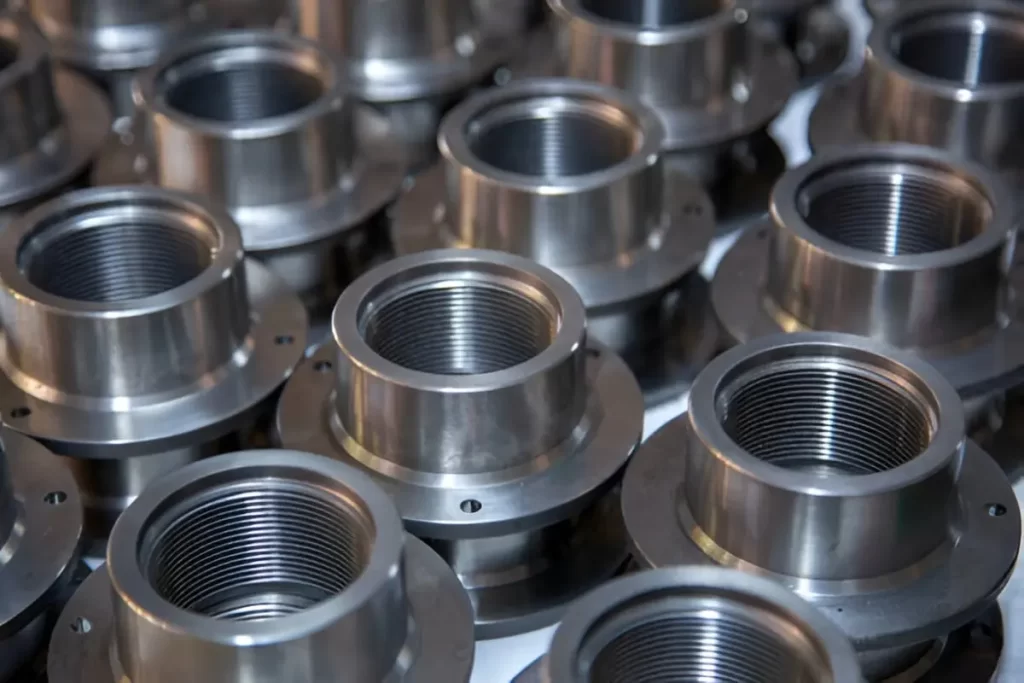
Machined metal stock
In most situations, alloy steel could work better than stainless steel. It introduces benefits seen in real work that help improve efficiency and reduce costs.
Firstly, it offers a high strength-to-weight ratio. As a result, you can make items stronger by reducing their weight. It plays a significant role in industries such as aerospace and heavy equipment.
Furthermore, certain alloy steels can withstand high temperatures without losing structural integrity. However, though not all behave like cast iron, which has very different thermal properties. It is used in engines, turbines, and pressure systems.
Alloy Steel is easy to shape using machines. It is simpler to form, shape, and chop alloy steel than other types of steel. With this, you can design freely while the drill bits last longer.
It is also a cost-effective option. For the same quality, alloy steel is more economical than stainless steel. This can save you a lot of money in settings where large amounts of copying products are needed. (Get detailed insights on alloy steel vs carbon steel)
Stainless Steel Overview
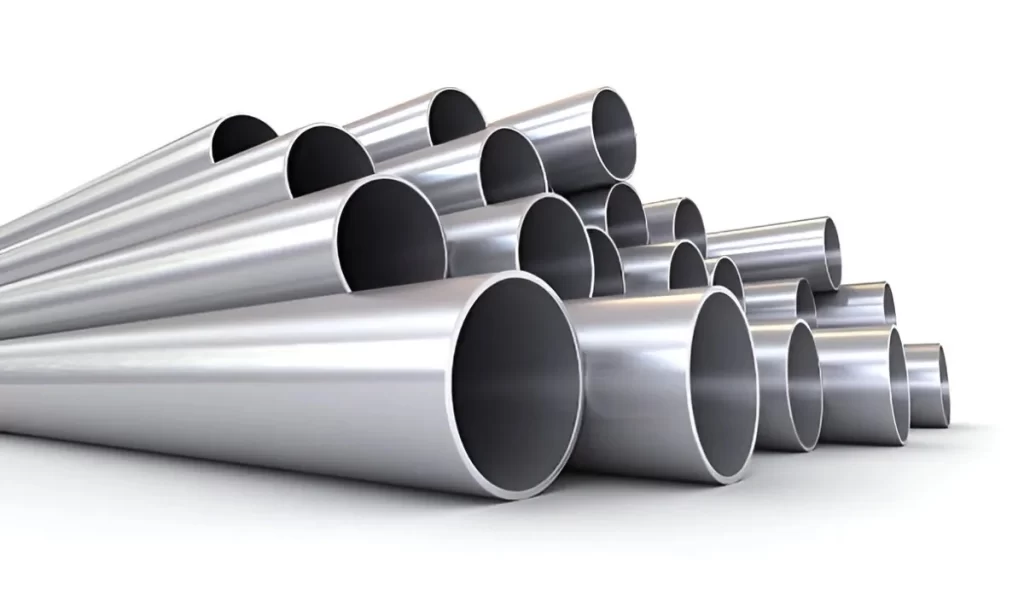
Stainless Steel Pipes
Stainless steel is not only known for being shiny. Chromium is added to steel in an amount of at least 10.5% to obtain stainless steel. When it comes to stainless steel corrosion resistance due to chromium addition, stainless steel resists rust and stains. This is also why we commonly find it in kitchens, hospitals, and chemical plants.
Because of stainless steel durability, it is widely used in equipment around the house and machines in large factories. It stands the test of time, looks aesthetic, and functions properly under stress. Stainless steels are not all made identically. Grades are made for different tasks, so you should understand how they can be applied to your work.
Fabrication Methods of Stainless Steel
Here are 5 stainless steel fabrication methods used most commonly;
- Cutting
- Welding
- Forming
- Machining
- Bending
Common Stainless Steel Types
Here are the most common types of Stainless steel alloy grades;
Austenitic Stainless Steels
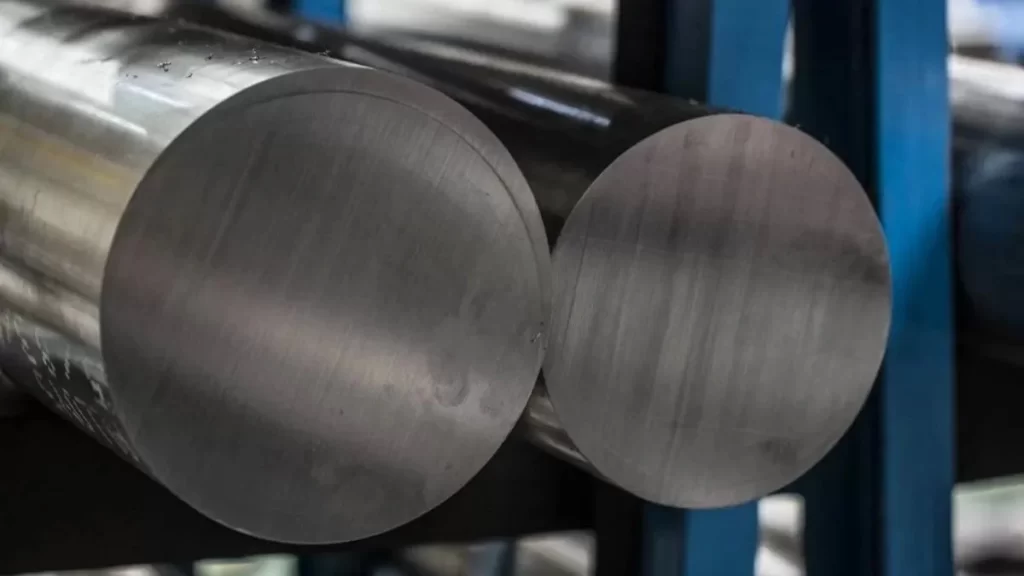
Austenitic Stainless Steel
Austenitic Stainless Steel is a widely used SS type. These steels contain 17 to 25% chromium and 8 to 20% nickel. As a result of these two properties, they hardly corrode at all. Neither magnets nor harsh settings can affect the strength of austenitic steels. The common types include 304, 304L, 316, and 316L. They are ideal for food processing, ships, and anywhere that stores chemicals.
It is also easy to work with these steels and weld them. Since iron is strong and flexible, it is trusted for building structures.
Martensitic Stainless Steels
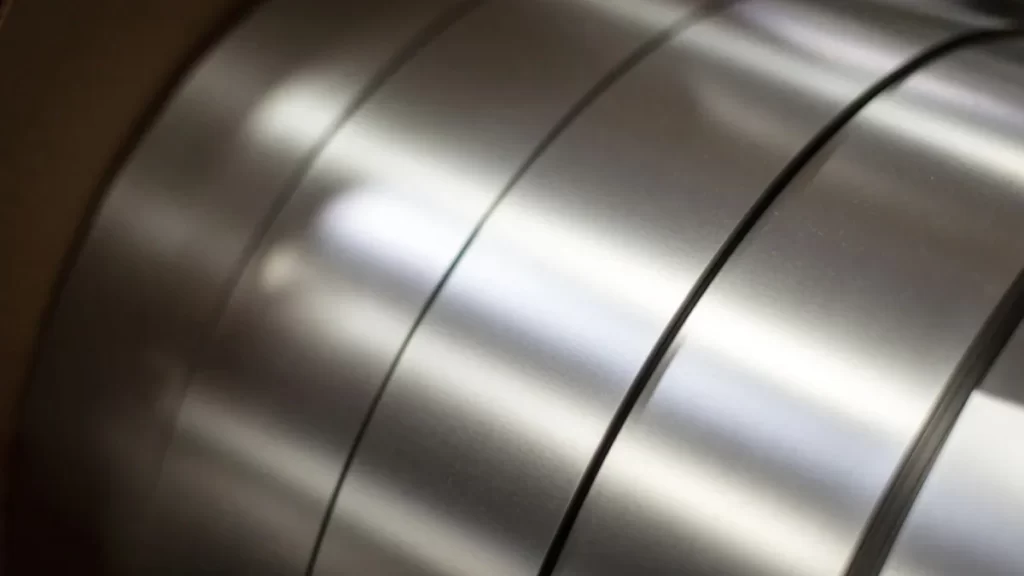
Martensitic Stainless Steel
These steels are made by adding 14 to 18 percent chromium and carbon. Martensitic Stainless Steels are known for their hardness and moderate corrosion resistance, not primarily for toughness. Heating further increases their strength, much like you would do with carbon steels. Therefore, they function well as tools, blades, and engineering parts.
Nevertheless, you may lose the ability to bend and weld the metal. They cannot bend as much and do not resist corrosion like the austenitic grades. Examples of these types of grades include 420C and 431.
Ferritic Stainless Steel
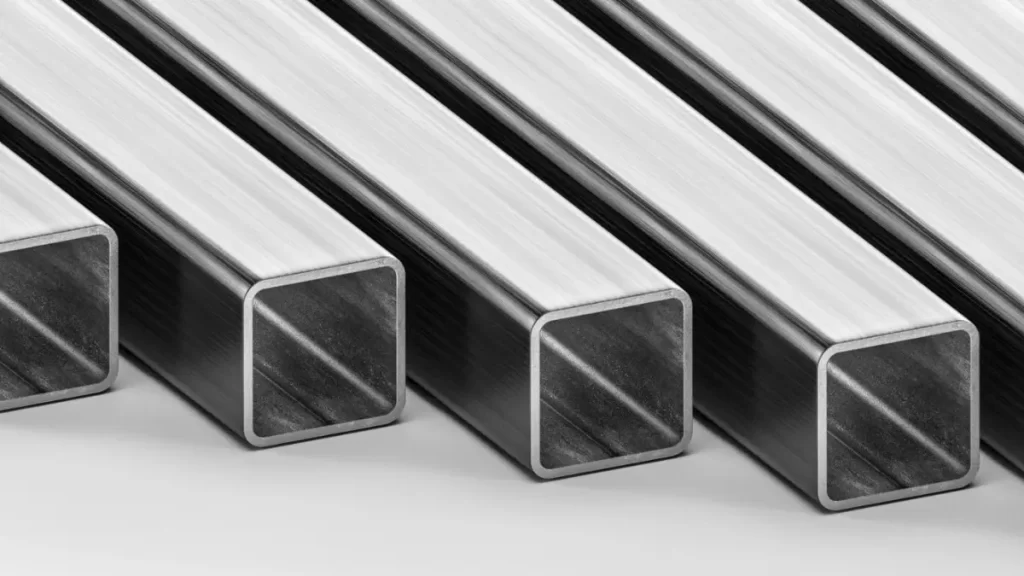
Ferritic Stainless Steel
Ferritic steels are magnetic and have chromium between 11 and 27 percent. They do not have nickel as one of their currencies. These are less costly, yet have reduced resistance to corrosion. Despite all this, they can handle heat and major problems better than most other grades.
430 and 409 ferritic steels are standard in constructing auto parts and heat exchangers. They are strong enough and can handle moderate conditions well.
Duplex Stainless Steel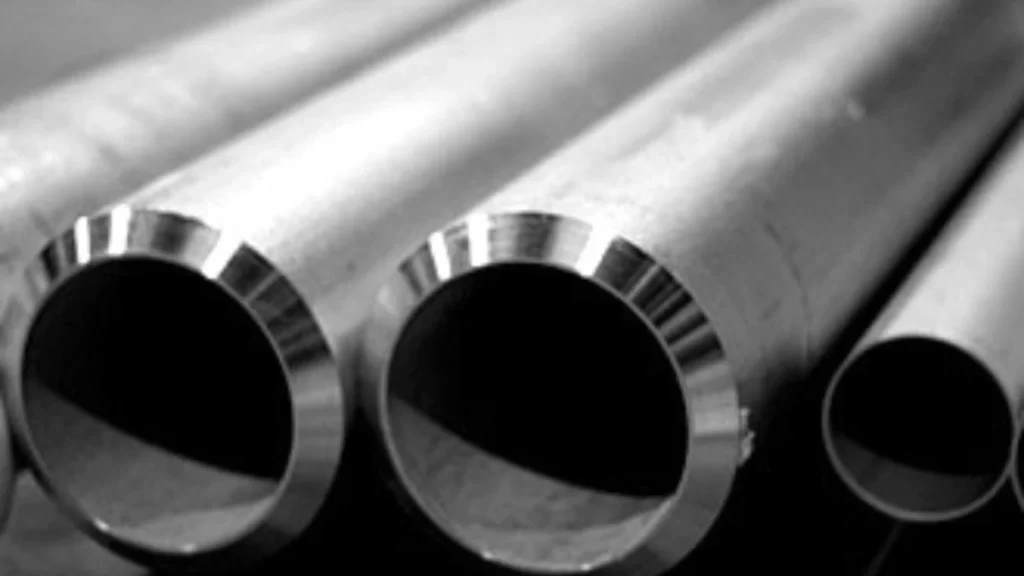
Duplex Stainless Steel
With duplex, you benefit from both ferritic and austenitic structures. They are made with 18–28 percent chromium and 3.5–5.5% nickel.
They can resist stress cracks, pitting, and tough stresses at sea. These are easy to shape and fabricate with relative ease. Many chemical plants, pipelines, and offshore rigs use grades such as 2205 and S32750.
Precipitation-Hardening Stainless Steels
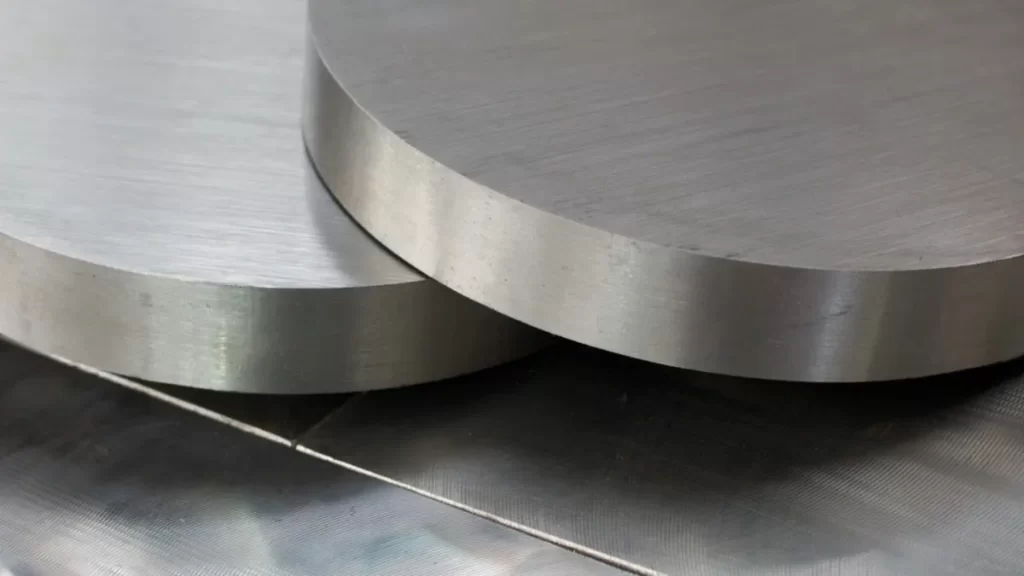
Precipitation-Hardening Stainless Steel
They are designed to be strong and accurate. You may notice that the most common elements are 12–16% chromium and 3–8% nickel; other components are also present, like copper, titanium, or aluminum. As a result, they can heat-treat well to make them even tougher.
They are durable, resilient, and convenient to machine. These are mainly used to manufacture aerospace components, valves, and items that experience high-load stress.
Try Prolean Now!
Key Difference between Stainless Steel and Alloy Steel
As mentioned before, alloy steel is different from stainless steel. The characteristics and features of these materials are designed for various industries. Let’s review the significant aspects one by one.
Physical Properties
Stainless steel tensile strength is high, yet the material maintains a relatively low weight. It is strong even when used under pressure and high temperatures. It is tough enough to handle the most severe or harsh conditions.
Stainless steel seems attractive when it is clean. It is a non-magnetic substance that remains unchanged in hot or cold conditions. It works well in places where moisture or sterility is common. However, alloy steel is a better option than other steels, with a better finish when you need strength.
Chemical Composition
Alloy steel is formed by mixing iron with excessive amounts of chromium, molybdenum, or nickel. They permit it to harden the steel by heating it to different degrees. Therefore, mechanical parts can use it in strong, forceful jobs.
Stainless steel is produced using iron, carbon, and at least 10.5% chromium. A significant number of grades contain nickel or manganese. The mixture is quite resistant to acids, alkalis, and organic chemicals.
The primary goal of alloy steel is to give strength and increase hardness. Stainless steel is mainly designed to prevent corrosion and damage from chemicals.
Applications
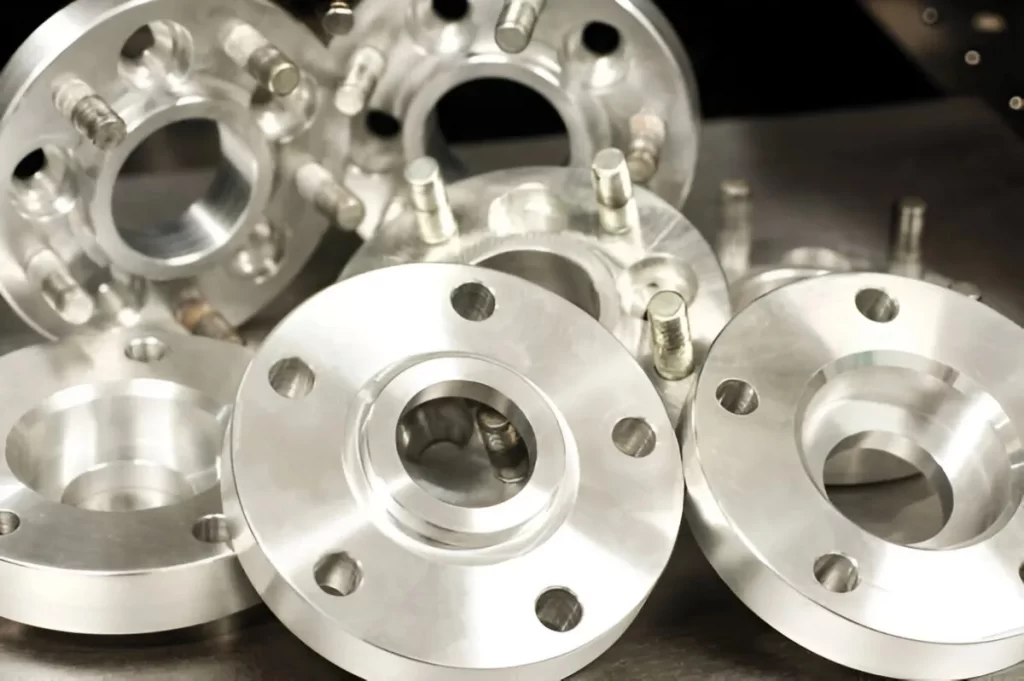
Wheel spacers and bolts
Often, industries ruled by force and pressure use alloy steel. Some examples are aerospace, oil rigs, vehicles weighing many tons, and buildings.
Sanitary and controlled places are often equipped with stainless steel machining products. It is used in kitchens, labs, and food plants. This material is also frequently used in petrochemical lines and during surgeries.
You should use stainless steel whenever your product is exposed to chemicals or moisture. For anything related to form or strength, alloy steel exceeds carbon steel.
Tensile Strength
Alloy steel makes the metal stronger. It can generally reach 960 MPa, but the number depends on the treatment it receives. That is why it withstands being pulled or stretched more effectively.
Typical austenitic stainless steel, like 304, has a tensile strength of around 515–621 MPa. While some alloy steels can exceed 960 MPa, depending on composition and treatment. The surface is long-lasting, yet it is better when cleanliness is vital.
When requiring resistance against stress and force, use alloy steel. It allows structural designs to overcome challenges.
Fatigue Strength
Fatigue strength determines the lifespan of metal when it is subjected to repeated stress. Alloy steel can withstand high loads for a longer period than stainless steel.
316L stainless steel has a fatigue strength in the range of approximately 240 MPa, depending on surface finish and loading conditions. However, it’s a good unit, yet it isn’t meant for machines that run all day. The material outperforms others because it has mixed layers. Nonetheless, alloy steel is the top choice when dealing with heavy loads.
Valuable Tips to Consider When Choosing the Ideal Steel For Your Machining Project
When choosing between low alloy steel vs stainless steel, the part’s job, position, surface treatment, and price should be considered when choosing between alloy and stainless steel. Let’s discuss the key points when selecting steel for CNC machining.
Functional Requirement
The first step is to consider how the part is going to function. Will the conditions it experiences include saltwater, pressure, or intense heat? As a result, you know which type of steel you require.
You should choose stainless steel if the environment for your part can be harsh. Metals for such places are often highly resistant to rust and other harmful reactions. When building something that carries weight, alloy steel is a better choice. Your muscles will become stronger when you are under stress.
Maintenance and Lifespan
You must also consider the amount of time the part should last. Rust, scratches, and minor surface marks cannot affect Stainless Steel because it has a self-healing layer composed of chromium oxide.
You will also spend less on upkeep. It is easier to maintain stainless steel than alloy steel. Eventually, it provides greater long-term benefits. Furthermore, since it is recyclable, you are being good to the environment. Choosing stainless steel will save you on cleaning costs.
Aesthetic Preferences
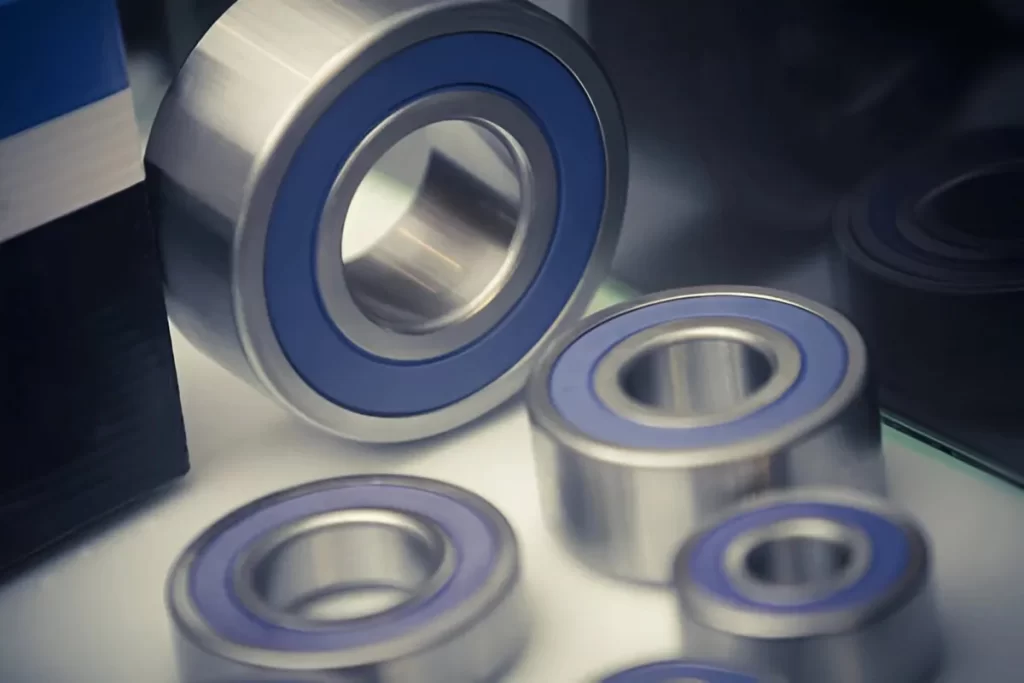
Steel Bearings
Should the part be polished or sleek? Stainless steel looks more attractive. Its appearance is elegant, and designers truly appreciate it. It is found in many architectural and interior construction projects.
It is available in numerous finishes. It is simple to shape, cut, or polish this material. Therefore, stainless steel can’t be easily matched if appearance is important.
High-quality alloy steel is more resilient than carbon steel. However, it doesn’t look as attractive when it comes out of the box.
Budget Constraint
Choose the material that fits closely within your budget. When comparing alloy steel vs stainless steel price, generally, producing alloy steel is more economical than creating stainless steel. It is a solid choice for major tasks when funds are constrained.
Picking a type of steel only because of its affordability is not a good idea. Incorrect material selection may increase the likelihood of replacing or repairing things. Therefore, you should match your performance and your budget.
When you need a strong and inexpensive metal, go for alloy steel. Choose stainless steel for something that must look good and not corrode easily.
Try Prolean Now!
Conclusion
You’ve now seen how alloy steel and stainless steel compare. Each provides unique advantages and limitations. Both materials are key to modern manufacturing. These offer high strength and wear resistance to corrosion protection, and clean aesthetics.
But choosing the right one depends on your needs. You must consider the environment, budget, design, and expected performance. That’s how you make the best choice for your machining project.
Still unsure which steel suits your part? You don’t have to figure it out alone.
At Prolean Tech, we help you choose the ideal material for your application. Our team combines deep industry knowledge with hands-on CNC machining expertise. Whether you need alloy or stainless steel, we deliver accurate, high-quality machining solutions of these two vibrant grades.
We also offer comprehensive stainless steel cnc machining services, from prototyping to full-scale production. Contact Prolean Tech today, and let’s turn your next idea into a flawless product.
FAQ’s
Q1: Is stainless steel better than alloy steel?
Stainless steel offers excellent corrosion resistance in wet and chemical environments. Alloy steel is stronger and more wear-resistant under mechanical stress. The better choice depends on whether corrosion or strength is your priority.
Q2: Can alloy steel be used for outdoor projects?
Yes, alloy steel can be used outdoors. However, it requires protective coatings like paint and galvanization. Without protection, it’s prone to rust over time. For long-term outdoor use, stainless steel is a better choice.
Q3: Why is stainless steel more expensive than alloy steel?
Stainless steel contains chromium in excess, and sometimes nickel. Both of these materials are expensive. These elements provide superior rust resistance and durability. The cost reflects its longer service life and lower maintenance.
Q4: How does alloy steel compare to stainless steel for strength?
Alloy steel is stronger than stainless steel. It has added elements like molybdenum and manganese. It’s ideal for heavy-duty applications and structural components. Stainless steel gives moderate strength. It is better for corrosion protection.
Q5: Which is better, alloy steel or stainless steel?
Alloy steel is strong and tough. It is preferred for high-stress and load-bearing parts. Stainless steel performs better in moisture, chemicals, and extreme temperatures.
Q6: What makes stainless steel rust-resistant?
Stainless steel contains at least 10.5% chromium. This aids in forming a passive oxide layer. This invisible layer prevents oxygen and moisture from reaching the steel. As long as the layer stays intact, corrosion is avoided.
Q7: Which is more durable for pipes: alloy or stainless steel?
Stainless steel has a long life in wet, corrosive, and hot places. These pipes are tough under stress and pressure. Many chemical plants and water systems are constructed using stainless steel.
Q8: Why use stainless steel over alloy steel in food processing equipment?
Stainless steel is a safe option because it is non-reactive, remains clean, and can be sterilized quickly. It meets food safety requirements and does not rust from food waste and cleaners.



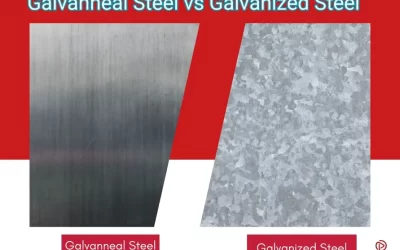
It is obvious that stainless steel is go-to option for applications requiring superior corrosion resistance. But, i think post-processing of alloy steel can also achieve the level of corrosion resistance offered by stainless steel.
Yes! post-processing of alloy steel can also achieve the level of corrosion resistance offered by stainless steel. But, other properties like strength and hardness differs in these steels significantly. It is nit only about corrosion resistance.
We are the kitchenware business. We are developing new products and Which one is more suitable for kitchen utilities, Alloy steel or stainless steel.
Stainless steel because of strength, corrosion resistance, durability, and easy clean.
Well organized article on steel and alloys
Nice content on comparison of two major manufacturing materials ! Clear illustration of differences
Thank you for your comment!